
We’re coming up on jācapps’ “Sweet 16” later this year. As we like to say, about 100 days after Apple opened its now-famous App Store in the summer of 2008, Paul and I launched jācapps in the middle of the Great Recession.
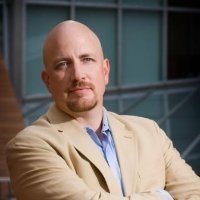
It was a bold, visionary move – ahead of its time. It was also wrong-headed and poorly designed. We were radio consultants, not software experts. But the “hole” was so vast for mobile apps as smartphones – especially when the iPhone proliferated – we couldn’t screw it up. And over the years, we’ve made our share of mistakes while we’ve figured out a lot. We’ve become the largest mobile app developer in radio – and we’ve got the digital scars to prove it.
One of our smarter moves was hiring a COO who knew both the worlds of technology and radio. Bob Kernen celebrated his 10th anniversary with jācapps mid last year. And along the way, he’s seen it and done it all in app world. In today’s guest post, Bob looks forward to where this exciting space might be headed – and why its trajectory is more important to the future of radio than perhaps ever before. – FJ
The mobile app space has been as dynamic as anything in my career trying to wrestle software to the ground. But one thing has been oddly constant:
People have been predicting the demise of apps (and even smartphones) since Steve Jobs got talked into letting anyone develop apps for Apple’s store. It seems like every year, a tech guru boldly pronounces the app’s obsolescence, usually in a blaring headline.

There’s been an interesting shift in my conversations with our clients at jācapps lately. Typically, stations are laser-focused on delivering their core on-air product via mobile. They understand that it’s essential to be on this most important device. We’ve delivered on this, but always encouraged them to think outside the box in a quest for new content and revenue sources. And we love it when they come to us with new ideas. This is happening more and more!
The reason I always encourage stations to go beyond their stream is because to most people, their mobile devices are first and foremost a utility – a tool – and the more your radio brand can be essential in the user’s life, the better.
There’s an old chart that I used to use which demonstrated that the percentage of people who used an app a certain number of times goes down steadily until the 10th use, then it shoots back up.
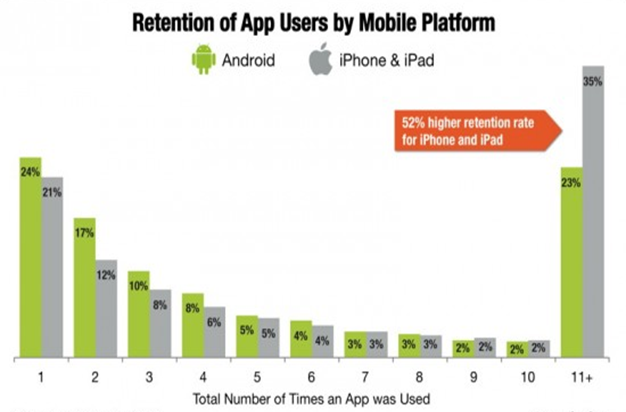
So for instance, 24% of users who download an app use it once, 17% of users use it two times, 10% of users 3 times down to 2% who use it 10 times. Then at the 11th usage, it hits a new high. And that means using the app has now become a habit – a utility that solves some problem for the user on a regular basis.
Fred recently sent me an article that drove home this point. “The Useful Tech” on Medium recently published an article, “7 Apps I Am Going to Use Every Day on My iPhone in 2024.” How’s that for a habit-forming headline?
Each of the apps has a prime utility, a main function the author has decided is of high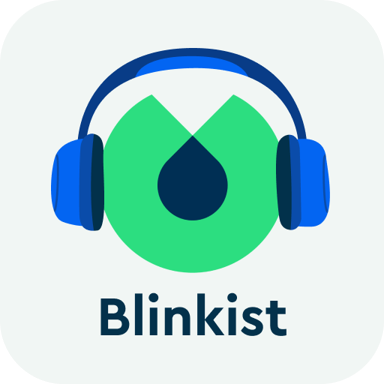 value. For example, Blinkist is listed, an app that’s been around for some time. Its chief function? It boils entire books down to 15-minute reads (or listens). For each app, it’s explained why it merits daily use. For Blinkist, it’s an opportunity for continuous learning every day.
value. For example, Blinkist is listed, an app that’s been around for some time. Its chief function? It boils entire books down to 15-minute reads (or listens). For each app, it’s explained why it merits daily use. For Blinkist, it’s an opportunity for continuous learning every day.
Radio companies rarely evaluate their app program through this lens. Instead, most think of their apps like just another check-box, rather than embracing them with a bona fide strategy revolving around content, engagement and revenue.
Now that this shift is occurring and more companies are open to a new approach to their digital presence, there are some very important steps to be taken.
First, encourage your listeners to use your app. Rather than being afraid you’ll lose a meter or diary, or drive up Sound Exchange costs, accept this as part of the transition to a more digital world for radio.
meter or diary, or drive up Sound Exchange costs, accept this as part of the transition to a more digital world for radio.
Our Techsurveys and other studies clearly show younger audiences typically jumping in their cars and immediately connecting to Apple CarPlay or Android Auto – their mobile app ecosystems. A traditional radio is invisible to them in the brave new world of in-car systems.
Embrace this! If that’s how they want to get your product, no problem. Hulu doesn’t care if I watch on my TV or on my iPad or on my phone. You shouldn’t care about how your product is accessed either. This is the essence of the “meet the audience where they are” mantra.
Second, develop new ways to make your app useful to users. What information product can you deliver better than anyone else? How can you solve a problem for the user?
Music stations should look at next-adjacent content such as local entertainment or concert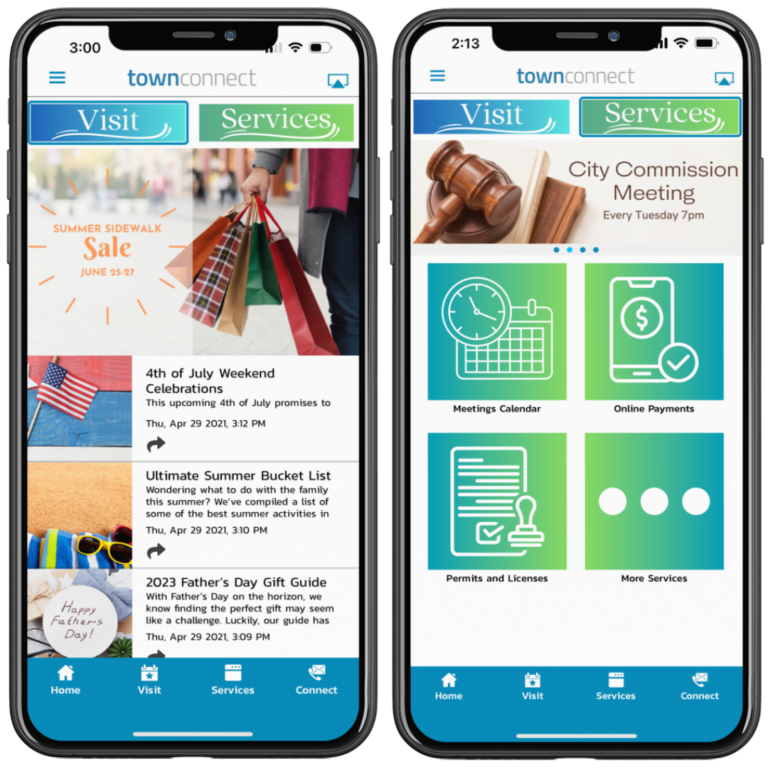 guides or weekend event calendars. News, sports and religious stations should seek out ideas they can adapt for their stations. These might include a local sports ticker, or special section on high school sports. For faith-based stations, it could be a guide to local churches or Christian schools.
guides or weekend event calendars. News, sports and religious stations should seek out ideas they can adapt for their stations. These might include a local sports ticker, or special section on high school sports. For faith-based stations, it could be a guide to local churches or Christian schools.
The ideas you want to encourage and foster are ones where:
1) You can own the position in your competitive marketplace (“Your home for high school sports”).
2) It leverages and enhances your brand and an existing strength.
3) It is a logical, even perfect fit for a sponsor (or two).
4) It leverages things you’re already doing or planning to do.
5) Most importantly, it encourages users to open your app every day!
We developed an app several years ago for a sports station that literally averaged one session per user per day! That meant those loyal users were checking in daily to see the latest scores and sports news. And a lot of them were very likely tuning into the station stream as well.
That might mean developing app-only content. If you’re a music station, perhaps it’s a daily music trivia question. If you’re a news station (public or commercial), maybe it’s a “This day in history” feature, if you’re a Christian station, it could be a daily Bible verse. The more you can drive eyeballs (and thumbs!) to your app, the better.
That little gadget in your pocket may be the most powerful invention in human history. It’s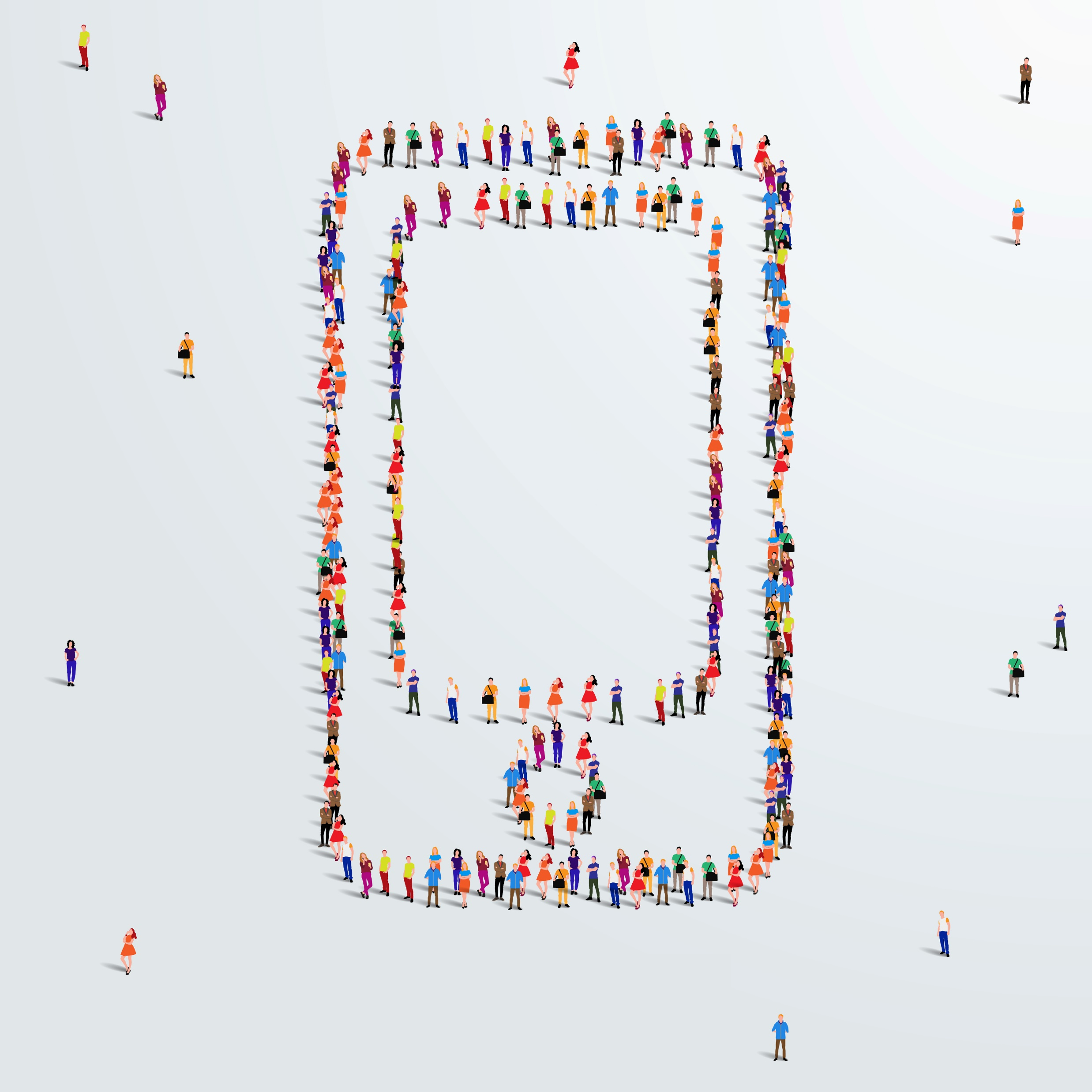 the most important device you own, it’s a fashion statement, it’s your lifeline.
the most important device you own, it’s a fashion statement, it’s your lifeline.
You’re sunk if you leave home without it. And if it’s lost or misplaced, those feelings of sadness, despondence, and/or panic are absolutely palpable.
The ubiquity of “regular radios” continues to slip over time. Our Techsurveys – among radio’s most diehard listeners – shows that only eight in ten own a working radio at home that they use. Meantime, AM/FM in the car is being squeezed out by bigger screens offering more and more diverse content.
Meantime, well over nine in ten Techsurvey respondents own a smartphone – and believe it or not – it ticks up every year.
There’s a reason why SXM is betting it all on their new mobile app. They are facing the same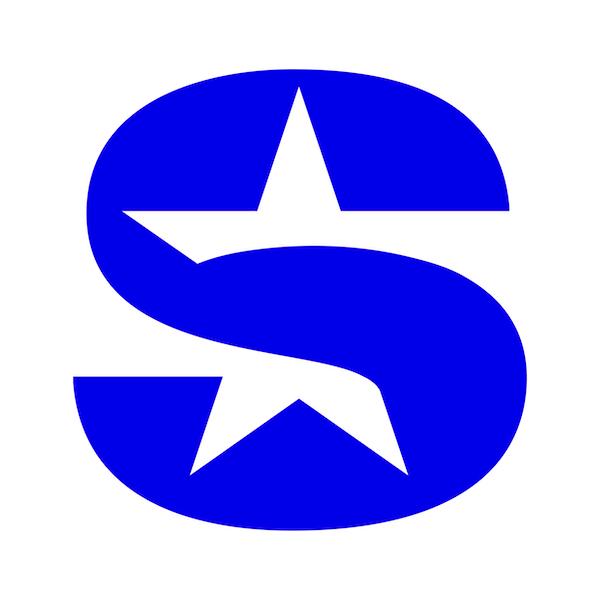 pressures as broadcast radio – an aging audience, reduced listening at home and work, and a more competitive environment in cars. Their hope? The mobile app can grow their audience by expanding their subscribership, while expanding its use outside of the car.
pressures as broadcast radio – an aging audience, reduced listening at home and work, and a more competitive environment in cars. Their hope? The mobile app can grow their audience by expanding their subscribership, while expanding its use outside of the car.
Broadcast radio actually has an easier putt. SXM needs to change habits and convince oversubscribed consumers they need to shell out anywhere $5-$15 a month for a service most don’t really need. It’s not an easy task, but going all in on mobile gives them a fighting chance.
Too many radio broadcasters are still trying to understand mobile, much less betting the farm on a delivery system that doesn’t use traditional transmitters and towers, comes with steeper music royalty fees, and is more difficult to monetize.
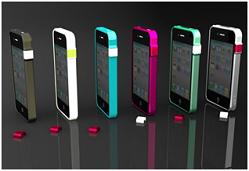 But the options are running out. Embracing mobile is the smartest and more practical way you can ensure your station’s (or your company’s) relevance in your listeners’ lives. So take action to make your station just one more utility in the Swiss army knife that is their smartphone.
But the options are running out. Embracing mobile is the smartest and more practical way you can ensure your station’s (or your company’s) relevance in your listeners’ lives. So take action to make your station just one more utility in the Swiss army knife that is their smartphone.
Whether you come to us at jācapps or you go with another developer is beside the point. Too many brands are investing in their websites (less portable and easy to access), social (a space you rent, but you don’t own), or podcasts that attract a more limited audience and are expensive to produce.
Don’t get me wrong – all these are efforts your station or broadcast company should be making. But after you’ve got your mobile strategy figured out and implemented. The term, “Mobile First” made a lot of noise a few years ago – for good reason.
making. But after you’ve got your mobile strategy figured out and implemented. The term, “Mobile First” made a lot of noise a few years ago – for good reason.
Radio’s “killer app” is indeed a killer app.
- Lessons For Radio From The Recent Google Home Outage - May 19, 2025
- The Rock Hall’s Most Egregious Snub Yet? - May 16, 2025
- Attention Tech And Entertainment Writers: Don’t Mess With Radio! - May 15, 2025





The graph at the beginning does not show a spike of app usage at the 11th use. It shows an approximately exponential decline between 1 and 10 uses and then from 11th on we cannot see the trend.
Don’t put a misinterpreted graph in the article to try to make a point that the data do not support.
The rest of the article is good and the point is well supported that good, focused apps are habit forming.
I wasn’t intending to provide the graph, which is from a few years back, as definitive data, merely to illustrate that an app has to be useful enough to get a user to that 11th app open, at which point you’re more likely to become “habit” for that person. That’s all. Thanks for your comment.
Thank you for another great read. You are spot on, Fred. Radio people don’t like change, but this is the one thing, when done correctly, that can extend the life of this medium.
We are now a Townsquare Media cluster. Before TSM, our websites were mostly just for listening when you were out of reach of the signal. Our websites were poorly maintained and offered NOTHING except streaming.
Now, our websites are actual destinations for our listeners. Sure, they stream us from the app, but now it’s a place to get news both on the local and national level, play contests, and interact with your favorite radio personalities.
Those who say it will never work and say that TSM is wrong are just straight-up crazy. It’s a good angle to take to keep radio alive, as well as a highly profitable revenue stream.
Tammie, Townsqure has contributed a lot to radio these past many years now. The main lession IMO is embracing technology and leaninig into its disruptiveness, rather than being consumed by it. Many other companies could learn from TSQ, not by copying them but by gaining an understanding of what they’re doing and why – and then asking how some of these guiding principles can apply to their situations. Thanks for the insights
There’s a lot to be said here, Fred. The SXM app offers other channels not even on the satellite service-a user benefit. However the quality is just as bad as the satellite service, some streams sounding like a low bitrate MP3. If broadcasters offer up a GREAT listening experience to the listener-maybe some other audio experience they can’t get on the air -it could be a plus. Once, while doing a morning news show, I suggested a streaming “talk back” channel. The extremely curious listener could listen to the banter between the hosts and producer-sometimes hilarious. Of course it was shot down – but it (or something similar) can always be revisited. Most of the marketing for station apps these days says we should “download the app”-but not offer a very good reason. iHeart tells me to hear music stations from all across the country on its app- and that’s an advertisement being broadcast on a TALK station. (I’m not listening to talk so I can hear about jazz or hip-hop.) We’re still not working on improving the user experience for these apps. Until that’s fixed…the field is wide open for competition, at least in my viewpoint.
You’re spot-on, Dave. As Bob said in the post, it is still a check-the-box thing, rather than making the radio experirence better and more compelling. I find it hard to understand that in more than 15 years of mobile apps behind us, we’re still att this rudeimentary stage. Thanks for chiming in on this one.
So how well we paid a staff of 10 to chase down all the High School sports score and church news?
It shouldn’t require a staff of 10. And if you work your local business contacts and relationships, your local billing should increase. AND perhaps with an assist from AI, you can pull it off more efficiently.